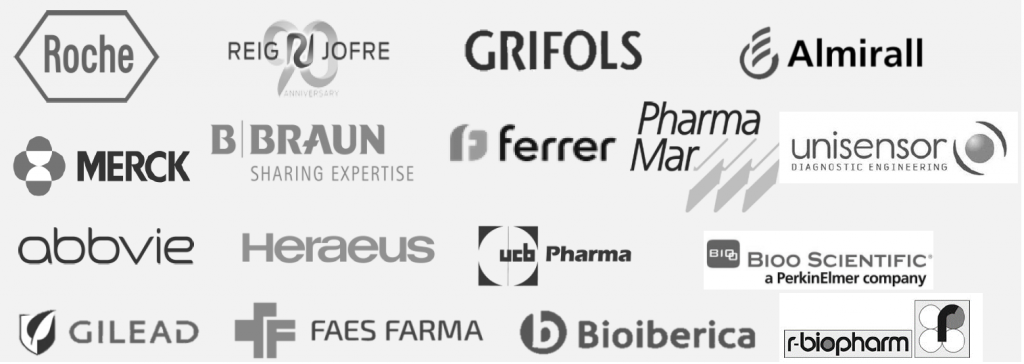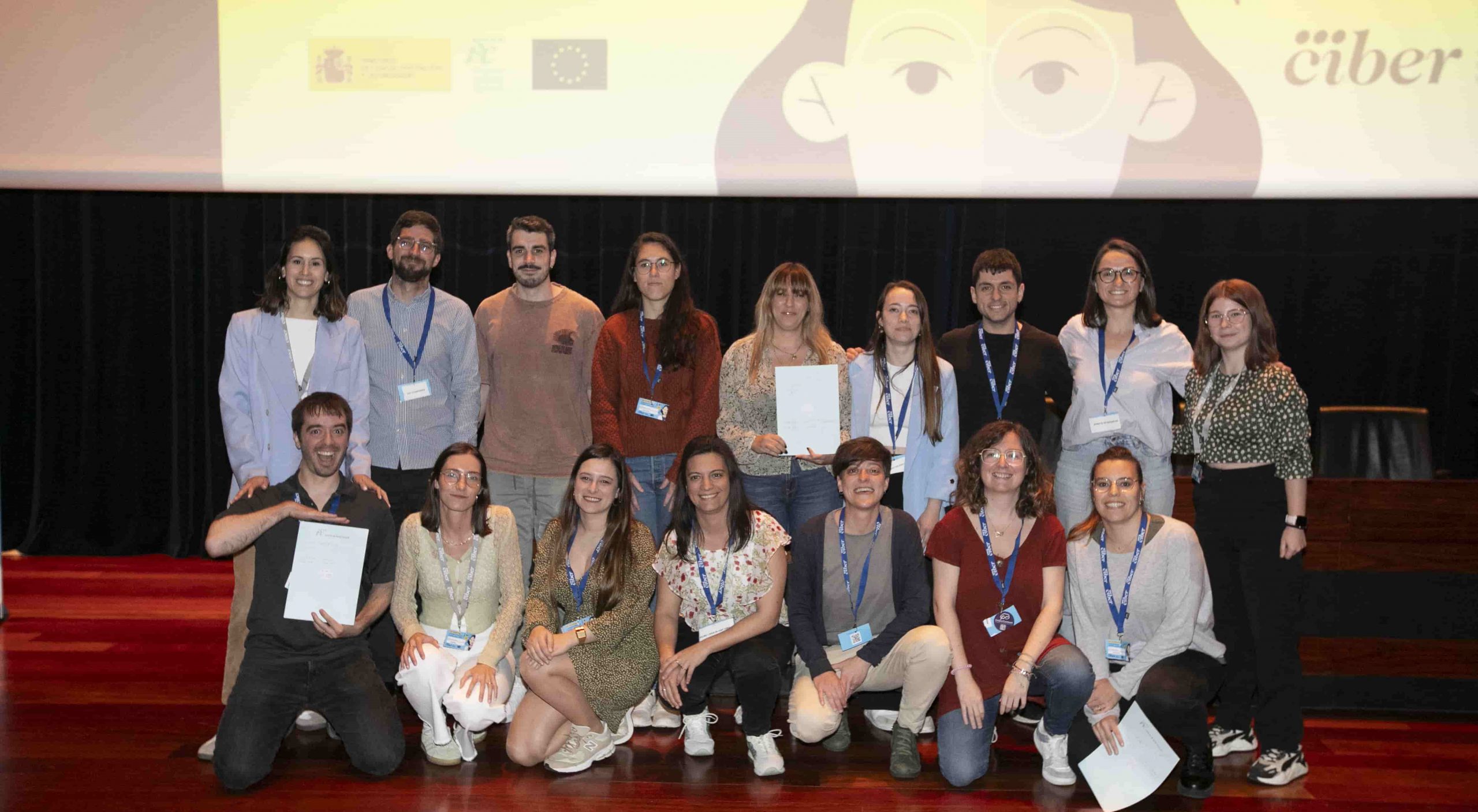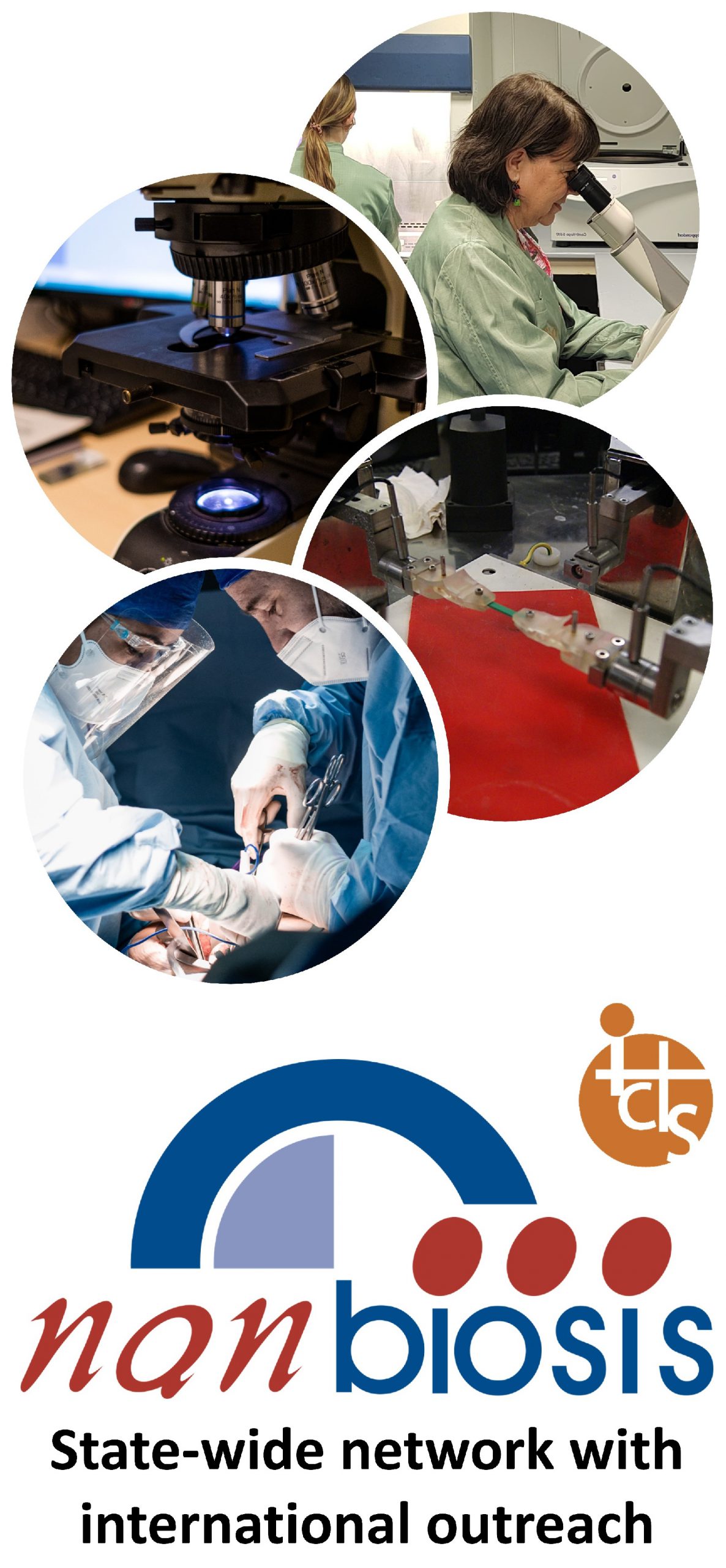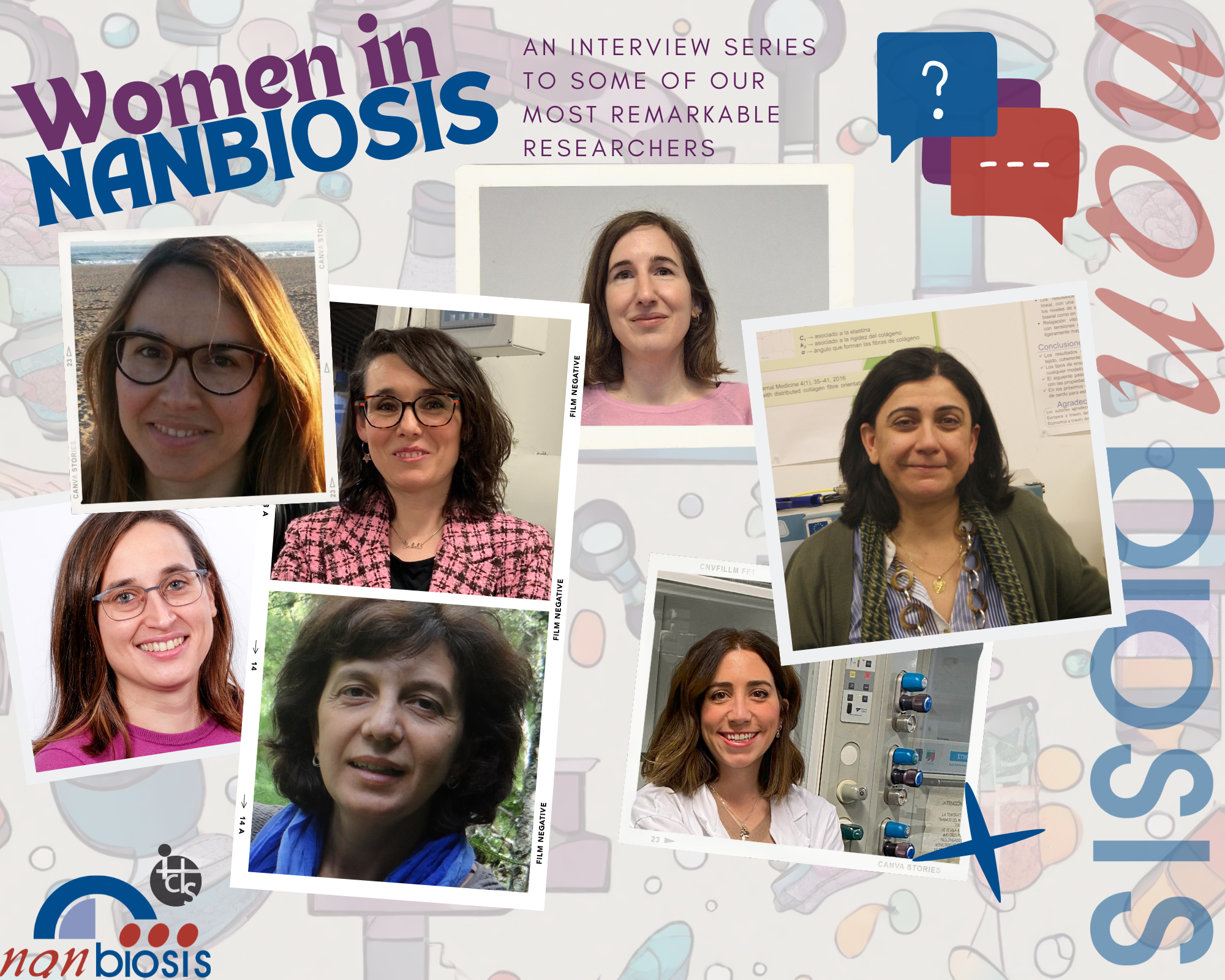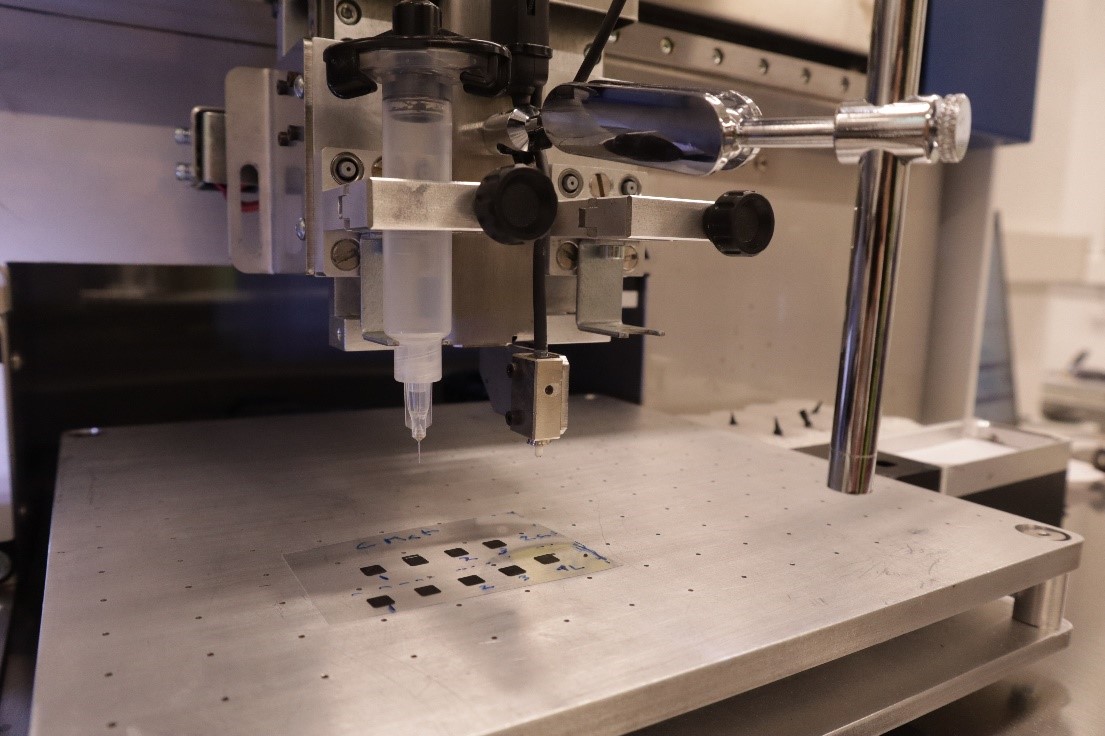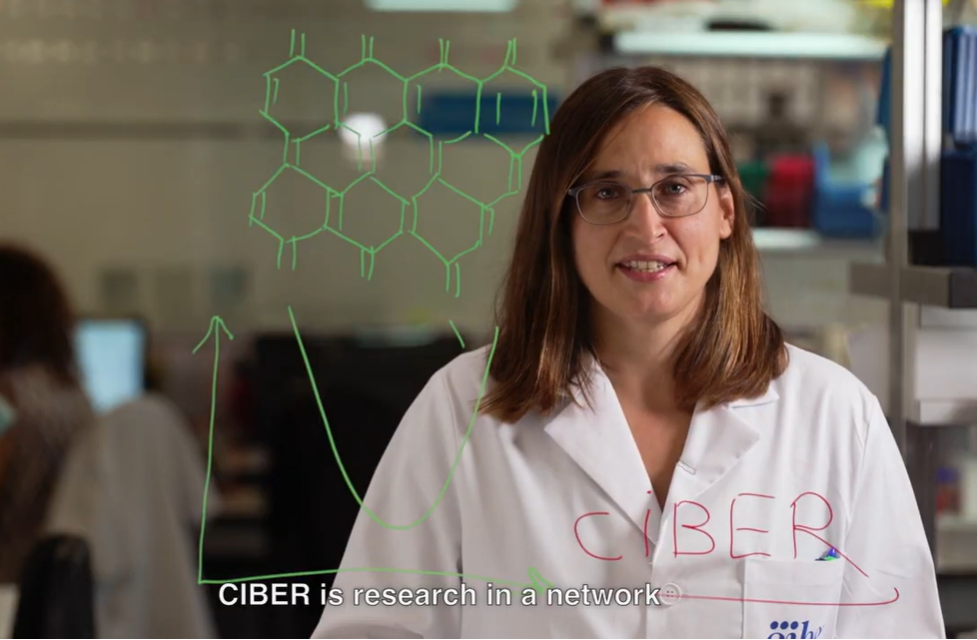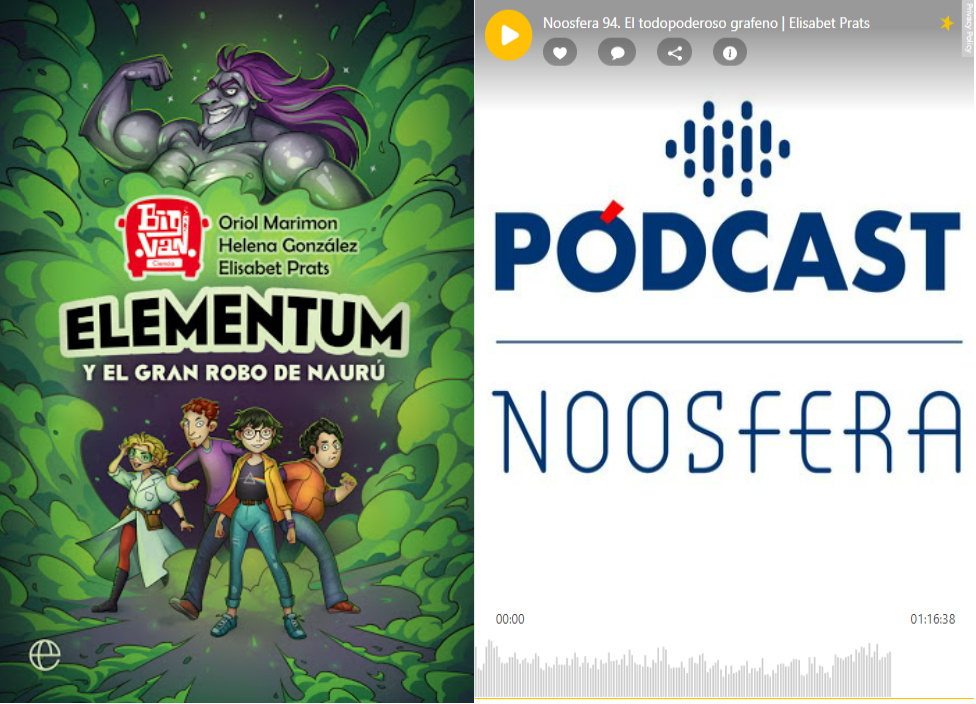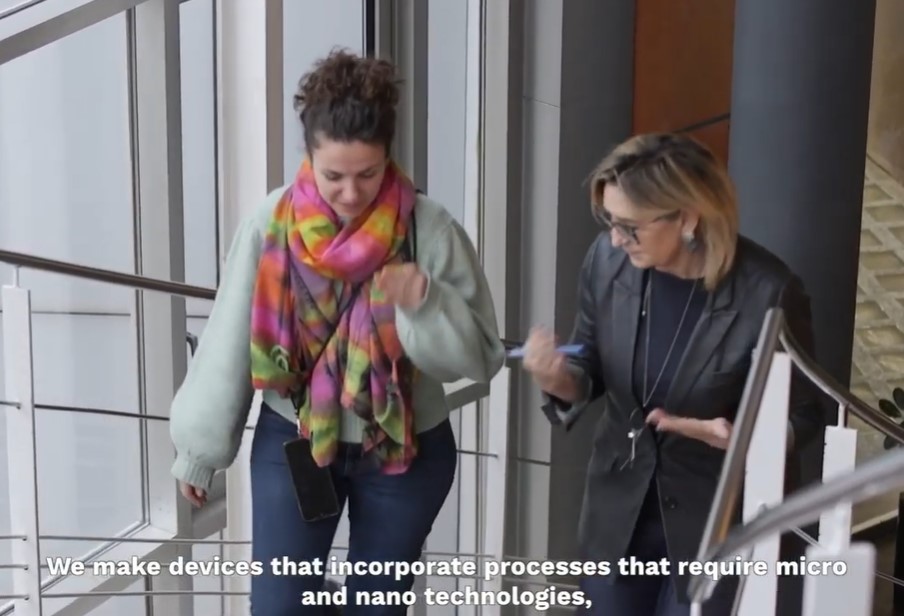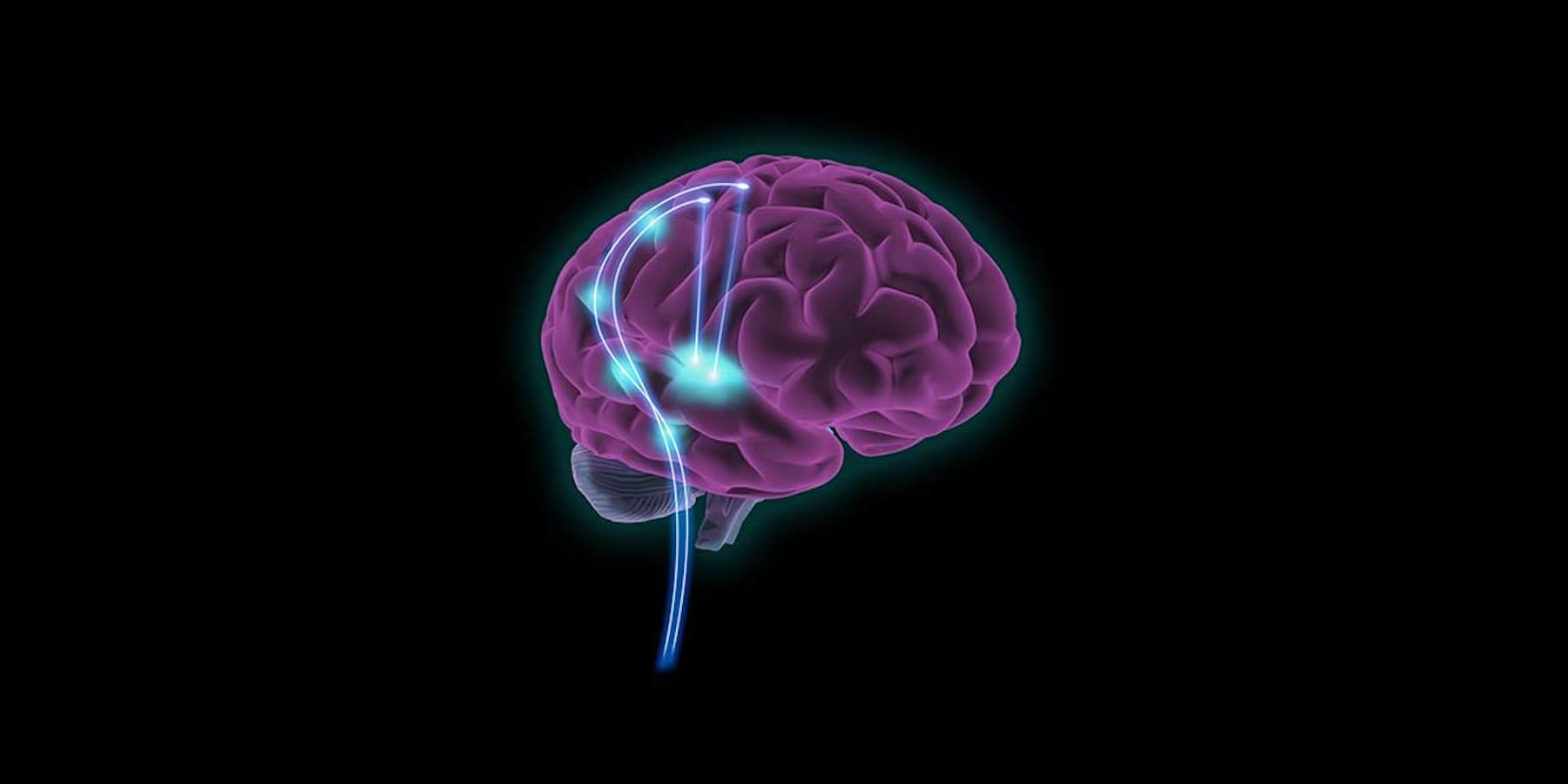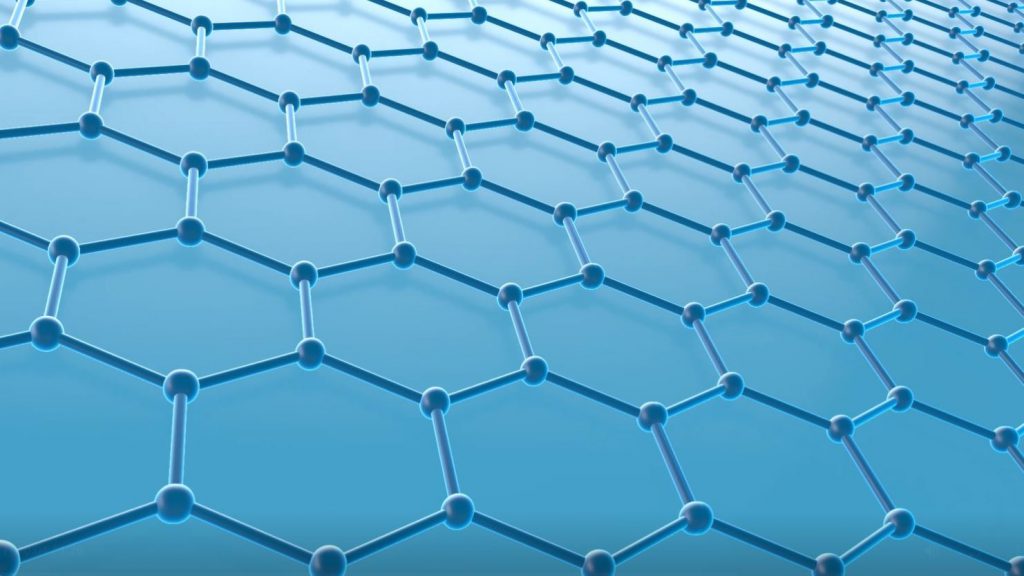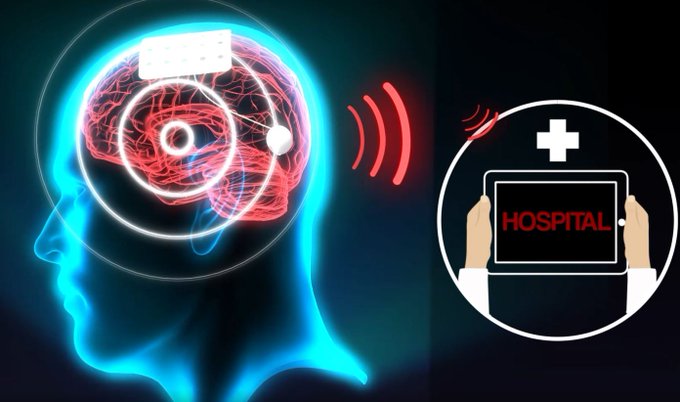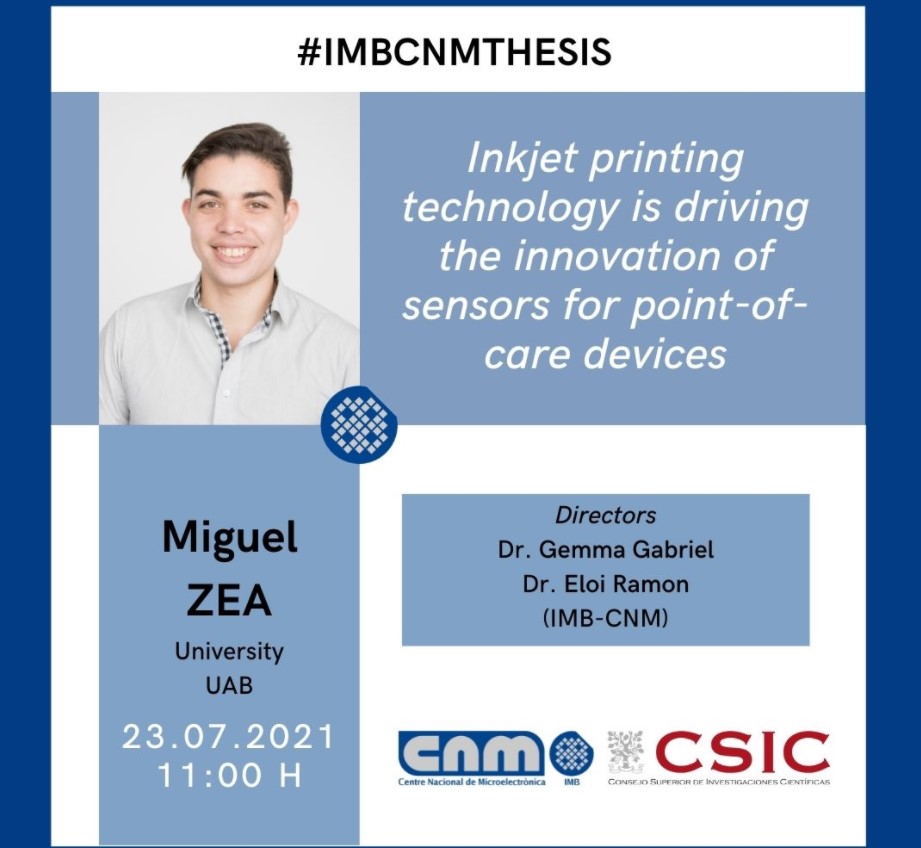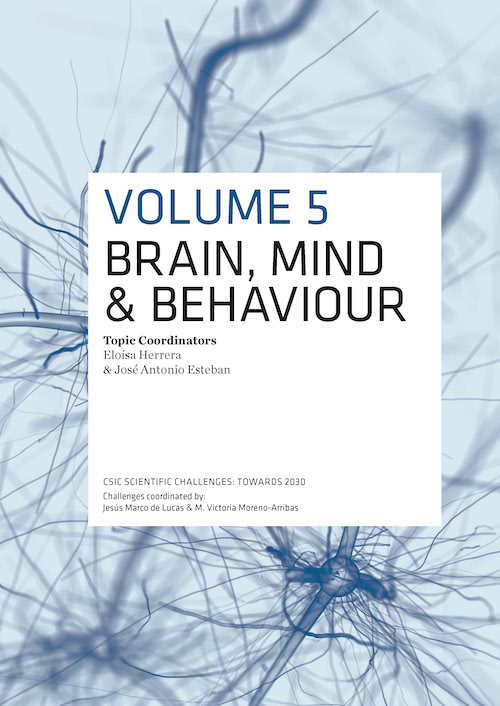A project on pediatric respiratory infections, led by NANBIOSIS, wins the CIBER Young Researcher Call
Chips R’ Us, a pediatric respiratory infection study, wins CIBER’s Young Researcher Call, developing an innovative lung model using Organ-on-Chip technology.
Vigo, october 2024. The project Chips R’ Us, focused on studying lower respiratory infections in pediatric patients, has been selected in the 2024 Call for Intramural Projects for Young Researchers of the Biomedical Research Networking Center (CIBER). An evaluation board composed of specialists from various CIBER thematic areas evaluated the proposals based on their novelty, feasibility, interdisciplinary collaboration, and potential social impact.
Led by Dr. Gabriel Alfranca, a researcher in the area of Bioengineering, Biomaterials, and Nanomedicine (CIBER-BBN) at the Interuniversity Research Institute for Molecular Recognition and Technological Development, and developed in collaboration with NANBIOSIS-ICTS, the project will receive €5,000 in funding. The project will be presented at the CIBER Congress, which will be held in Valencia from November 27 to 29 this year 2024.
“We want to create a model capable of replicating lung conditions, especially for the most vulnerable patients. If we succeed, this device could be applied in the future not only for therapies in children but for any other respiratory disease“
— Dr. Gabriel Alfranca
The initiative aims to develop an innovative in vitro model using an Organ-on-Chip (OoC) device that simulates the microenvironment of the human lung. Through human alveolar epithelial cells (HPAEpiC) exposed to nasopharyngeal samples from both healthy pediatric patients and those with bronchiolitis, cellular responses to various stimuli can be observed in real-time. “We want to create a model capable of replicating lung conditions, especially for the most vulnerable patients. If we succeed, this device could be applied in the future not only for therapies in children but for any other respiratory disease,” says Dr. Alfranca.
The collaboration of CIBER-BBN with CIBER’s Infectious Diseases (CIBERINFEC), Cancer (CIBERONC), and Respiratory Diseases (CIBERES) areas strengthens the proposal, with NANBIOSIS-ICTS playing a key role in manufacturing the device. The device will include advanced sensors and image analysis through artificial intelligence, enabling detailed monitoring of cellular changes and opening new possibilities for diagnosing and treating respiratory diseases.
With the support of the funding, Gabriel Alfranca’s team (formed by Carlos Castilla, Denise Marrero, Marta Camprubí and Sonia Alcolea) will have one year to develop the project, with the expectation that it will lay the foundation for future larger-scale research, particularly in the field of personalized medicine and the development of advanced diagnostic platforms.
The Chirs R Us project is an inter-area between CIBER groups. This includes the participation of our Unit 8 from CIBER-BBN. Leading the project is Dr. Gabriel Alfranca, member of the coordination team of NANBIOSIS.
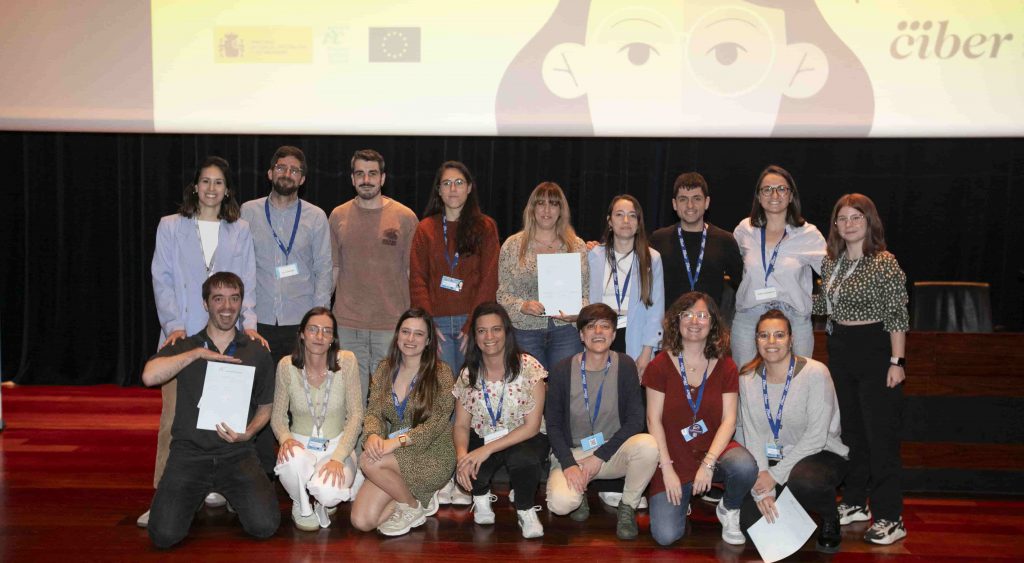
First Congress for Young Scientific Researchers in Vigo
During the First CIBER Congress for Young Scientific Researchers, held in Vigo in June 2024, participants were encouraged to engage in a networking activity that could lead to a collaborative project idea. In addition to Chips R’ Us, two other finalist projects, Trientech and KKs6, were recognized for their innovation and quality. However, Chips R’ Us stood out for its multidisciplinary approach, involving collaboration between various CIBER areas, and its potential to develop a model with significant clinical impact in the personalized treatment of respiratory infections.
What is NANBIOSIS?
The goal of NANBIOSIS is to provide comprehensive and integrated advanced solutions for companies and research institutions in biomedical applications. All of this is done through a single-entry point, involving the design and production of biomaterials, nanomaterials, and their nanoconjugates. This includes their characterization from physical-chemical, functional, toxicological, and biological perspectives (preclinical validation).
In order to access our Cutting-Edge Biomedical Solutions with priority access, enter our Competitive Call here.
NANBIOSIS has worked with pharmaceutical companies of all sizes in the areas of drug delivery, biomaterials and regenerative medicine. Here are a few of them:
